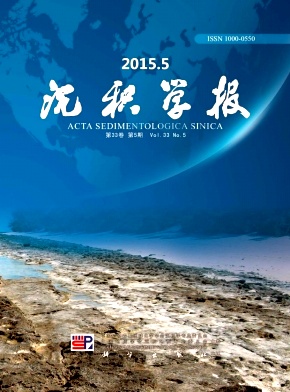The Waveform Graphic Analysis of Cyclic Stacking Patterns in Sedimentary Successions and Detection Methods of Cyclostratigraphic Sequences
doi: 10.14027/j.cnki.cjxb.2015.05.002
- Received Date: 2013-06-12
- Rev Recd Date: 2014-12-04
- Publish Date: 2015-10-10
-
Key words:
- sedimentary cycle /
- stacking pattern /
- frequency /
- amplitude /
- waveform analysis /
- cyclic sequence
Abstract: The rhythmic sandstone and mudstone cycles are common lithologic units in terrigenous stratigraphic system. Wireline log curves of sandstone and mudstone cycles can be described in term of sinusoidal waves in depth domains. Amplitude variations of wellline logs reflect grain sizes in a sedimentary cycle, and wavelength changes are a measure scale to mark cyclic thickness. The cumulative residual curves from average amplitude variations of well logs are introduced and demonstrated as a valid graphical method to define depositional regime transformation and check boundary surfaces of cyclic sequences. The numerical simulation results shows the positive half waves and negative half waves of cumulative residual curves are respectively corresponding to coarsening-upward and fining-upward sedimentary successions in low frequency cyclic sequences in a well interval. Transform points of positive half waves and negative half waves are calibrated to boundary surface depth of cyclic sequences. The spectral analysis and filter methods are adopted to divide cyclic sequence hierarchy and then discuss depositional mechanism. The GR log data from Xian Well 3 of Qaidam Basin as a case, cumulative residual curves are calculated and constructed on well log data. The low and high frequency cyclic sequences are distinguished and its procedure and methods are illustrated in detail. The significance and interpretation of amplitudes and wavelength changes of sedimentary cycles is discussed in this paper.
| Citation: | YI HaiSheng. The Waveform Graphic Analysis of Cyclic Stacking Patterns in Sedimentary Successions and Detection Methods of Cyclostratigraphic Sequences[J]. Acta Sedimentologica Sinica, 2015, 33(5): 855-864. doi: 10.14027/j.cnki.cjxb.2015.05.002 |






 DownLoad:
DownLoad: